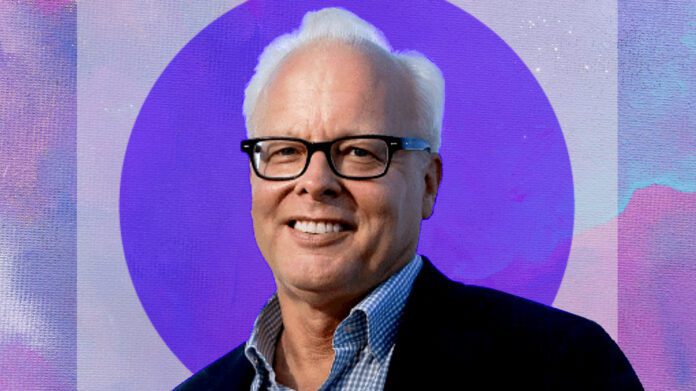IoT is hard, man. Even talking about it, in any proper detail, is hard. Except if you’re talking with Ray Ozzie – over a breakfast croissant at MWC in Barcelona last month. Ozzie, the avuncular former tech chief at Microsoft, who steered the US giant’s Azure portfolio through its salad days (and early feast days), helicoptered into the messy IoT space five years ago, having engaged with it to develop a low-power sensor solution to measure radiation in the Fukushima nuclear fallout zone in Japan. It was hard, then, he says; and it is not generally much easier today. But that helicopter view, which has guided his entrepreneurial career, has given him sight of how to make it simpler, he says.
The answer, as offered by Boston-based module maker Blues, the firm Ozzie created to render this view, is to prescribe the whole transit solution – A-to-B; sensor-to-cloud, end-to-end; to wrap it all up in modular hardware as a fait accompli – and let developers decide about the instrumentation of the sensor in the field and the destination of the data in the cloud. The ‘IoT’ bit in the middle is just done, the message goes. “The problem with this industry – if you’ll forgive me – is that the standard position is to be this kind of fixed point, around which all these choices have to be made. The developer is left to figure out the right access technology in the module and the right platform in the cloud,” he says.
“Whereas we have made choices for you.” His solution won’t work for everything, he notes. It is not suitable for high-bandwidth IoT, clearly; and Ozzie has no interest anyway in “this internet of shit” – which goes mostly into the consumer residential market. His idea, as per the Fukushima project, and the original remit of ‘massive’ IoT, is to help to instrument the world – in order to measure it and manage it. And to make a business along the way, which is profitable and purposeful. “We are tuned to narrowband solutions, which measure small amounts of things – the more boring, the better; the on/off switch, from which we get the data to the cloud,” he says.
But hang on; Blues is offering IoT in all different “narrowband” flavours, as well – as terrestrial NB-IoT, Cat-M (LTE-M) and Cat-whatever, plus LoRaWAN, Wi-Fi, and a bunch of their satellite IoT equivalents? “But they’re API compatible and plug compatible,” he responds. They are modular units – is the point; so the first spin works the same as the last spin, whatever the final decision about the access technology. “Choose the technology, get the developer kit, get the application working – and then just substitute for a different module at deployment. Most developers are forced to make that decision very early, before they even know. And they get it to pilot, and realise it’s wrong,” he says.
“It costs time and money to build these things; and they spin these boards over and over, and then spin them again because of network issues. Our customers just swap-out the module. The firmware is the same; it talks to their application in the same way. There might be a price difference, but the philosophy is different. And it is the same philosophy, if you look at the things I’ve done, and the initiatives I’ve driven at the companies I’ve been with – that complexity kills. It just kills. A well-capitalised scooter firm in the Bay Area can hire the best tech people, but most developers just want to focus on how to measure and how to analyse.”
And quickly, he steps beyond the strangulated minutiae of IoT development to reveal the grander scheme for Blues. “I know it sounds arrogant, but we view ourselves like a hyperscaler… with clean open interfaces on both sides. And if we don’t do our job, you can replace us; but we’re going to do such a good job at this [in-between IoT] problem, and we’re going to show we have the scale economics to do it, and that we can manage it responsibly,” he says.
But wait; let’s just reverse up a little bit; because this is Ray Ozzie – Bill Gates’ right-hand for five years in the ‘noughties’ when cloud computing went hyper-scale, and a genuine pioneer in cloud software and collaboration tools, who created Lotus Notes for IBM and Azure for Microsoft, among a whole gallery of cult indie acts in the IT hall of fame. He has important views on everything, from Microsoft’s exit from IoT to the IoT-like rise of private 5G (which HPE, where he serves as a director, is pursuing in earnest); but more than that, he can sing a long-and-winding Blues to get the IoT market on its feet, and hopping. Which goes like this…
To be continued…

